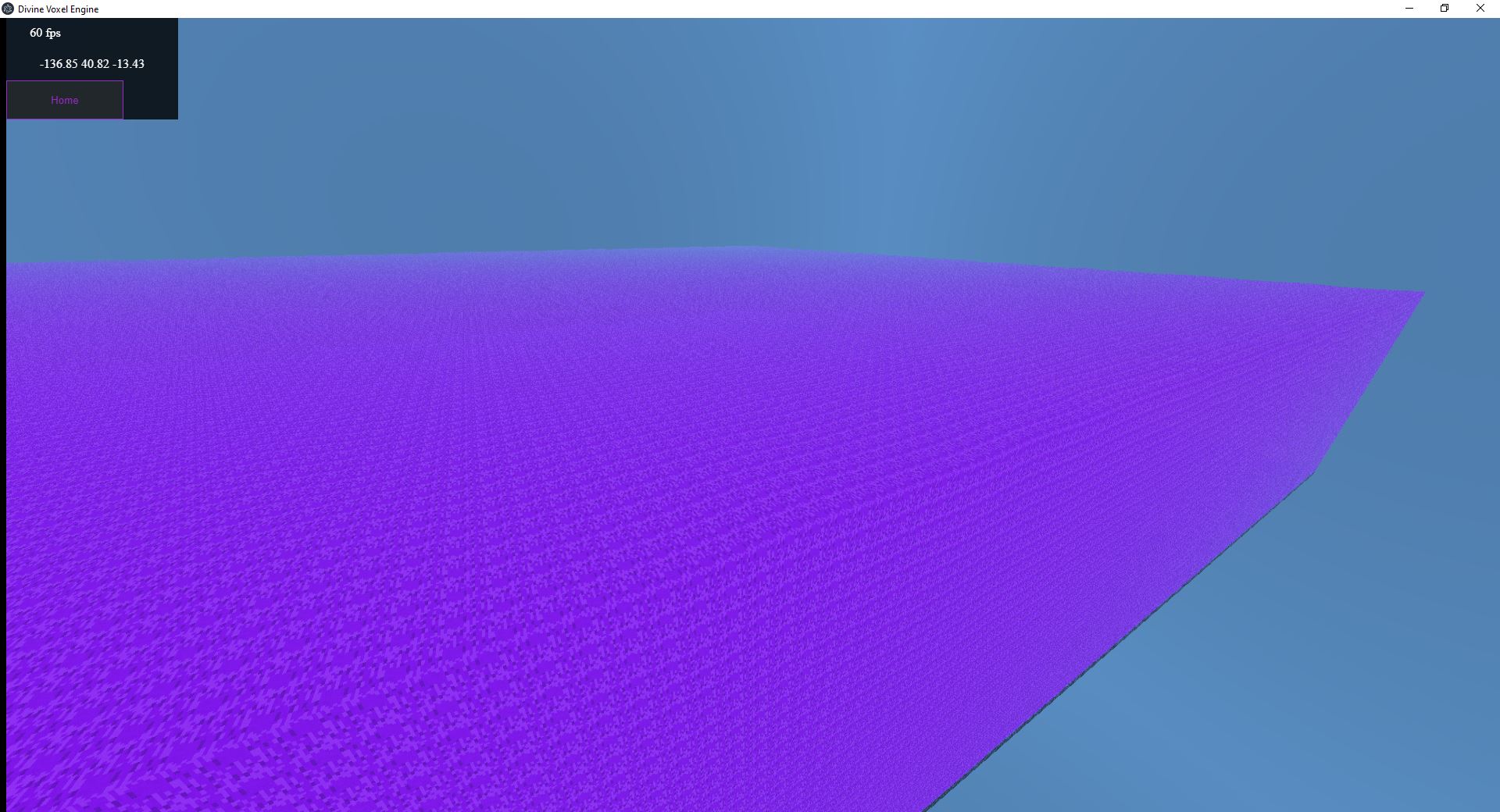Hello,
I just wanted to ask a question here before I try some other optimization ideas.
I am building a voxel engine and in order to have water like shader effects to work properly I built a system that would combine together all the water meshes together for all the chunks.
I was just wondering if anyone knew of a way to do this without having to actually make the mesh one big mesh? I seen someone connect water meshes together with bones but not sure if that is possible in Babylon.
This would just make it easier to work with the engine and enable it for server use.
In the engine the water mesh is put together in a separate thread to not cause lag.
I have ideas to still do it this way and still have it work on a server for multiple clients.
I just wanted to check here before I try my ideas.
Here is an example of a water mesh in the engine:
